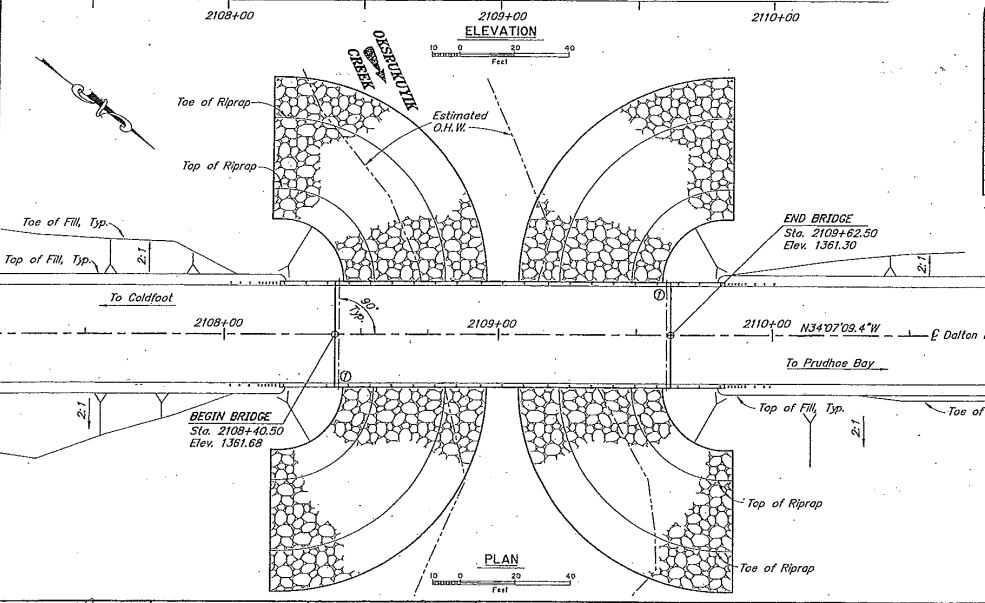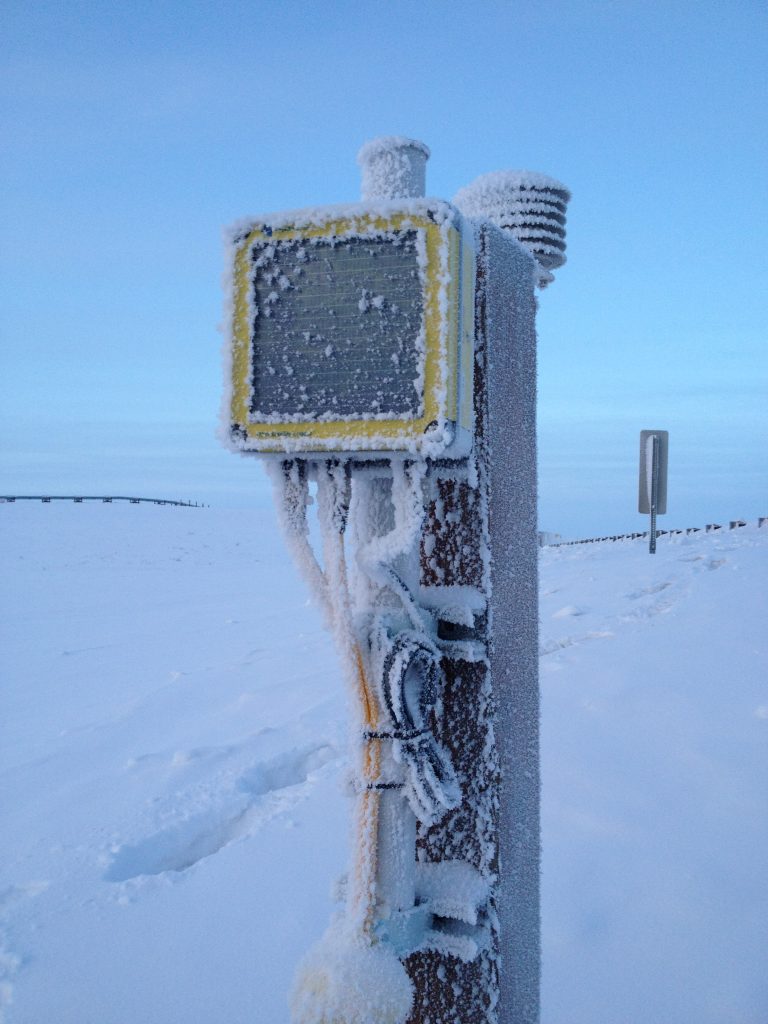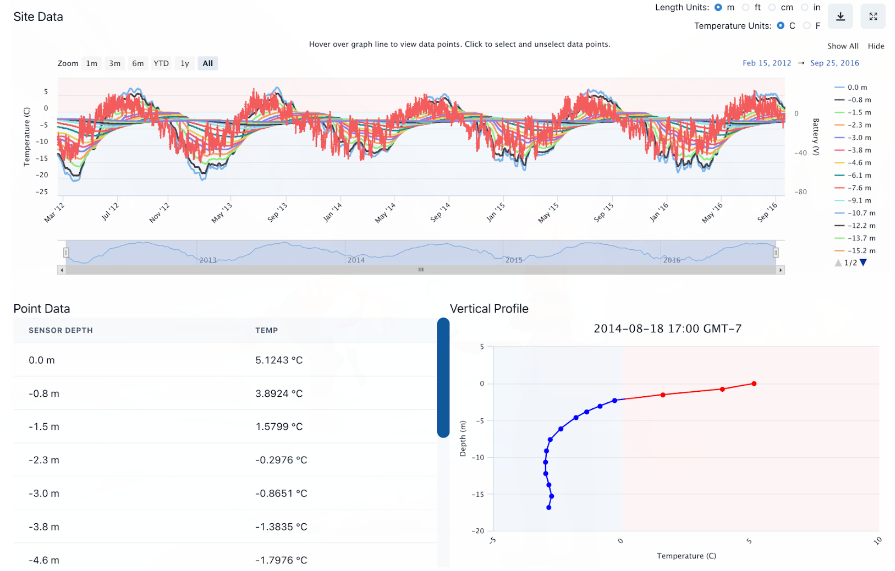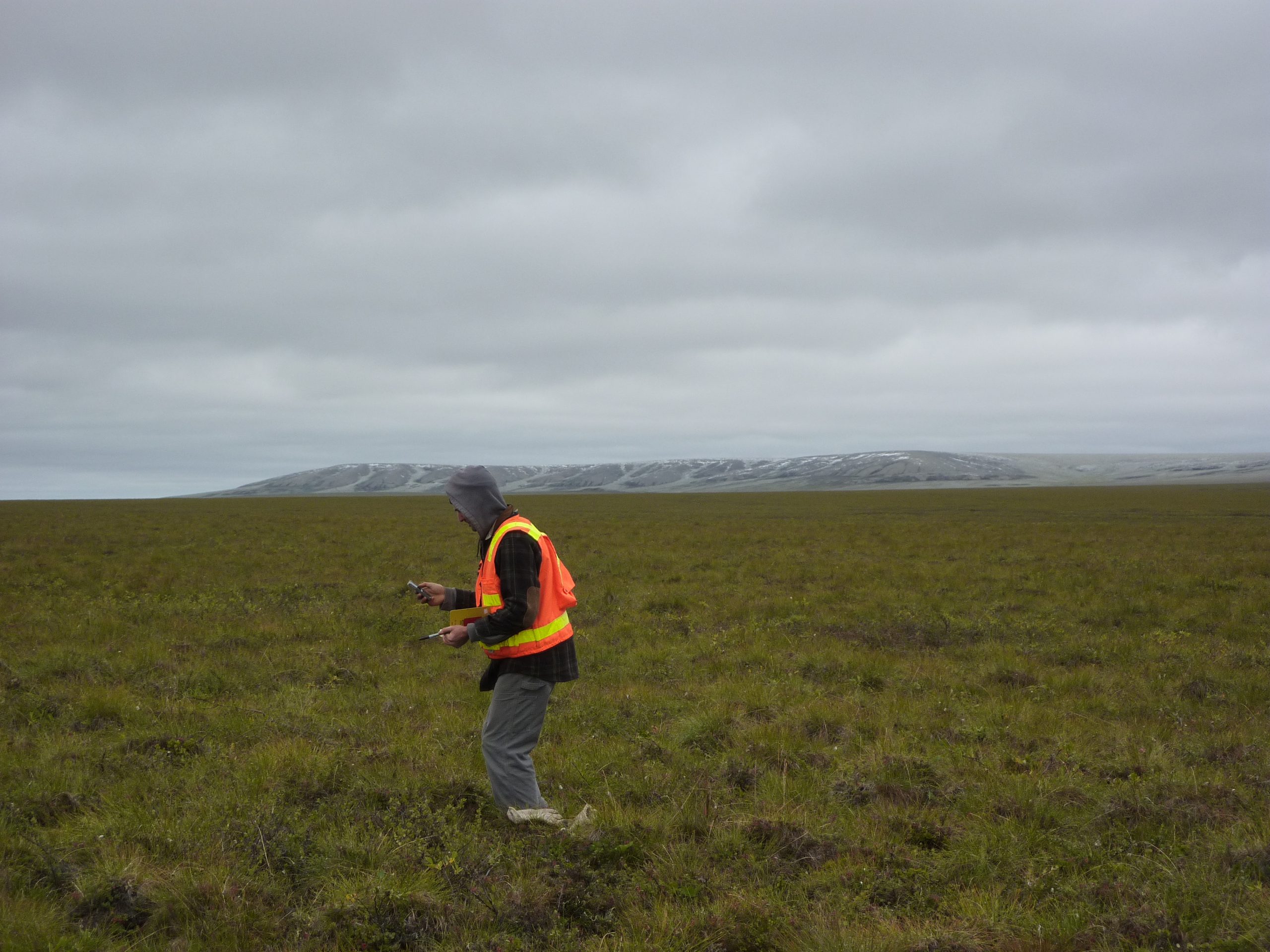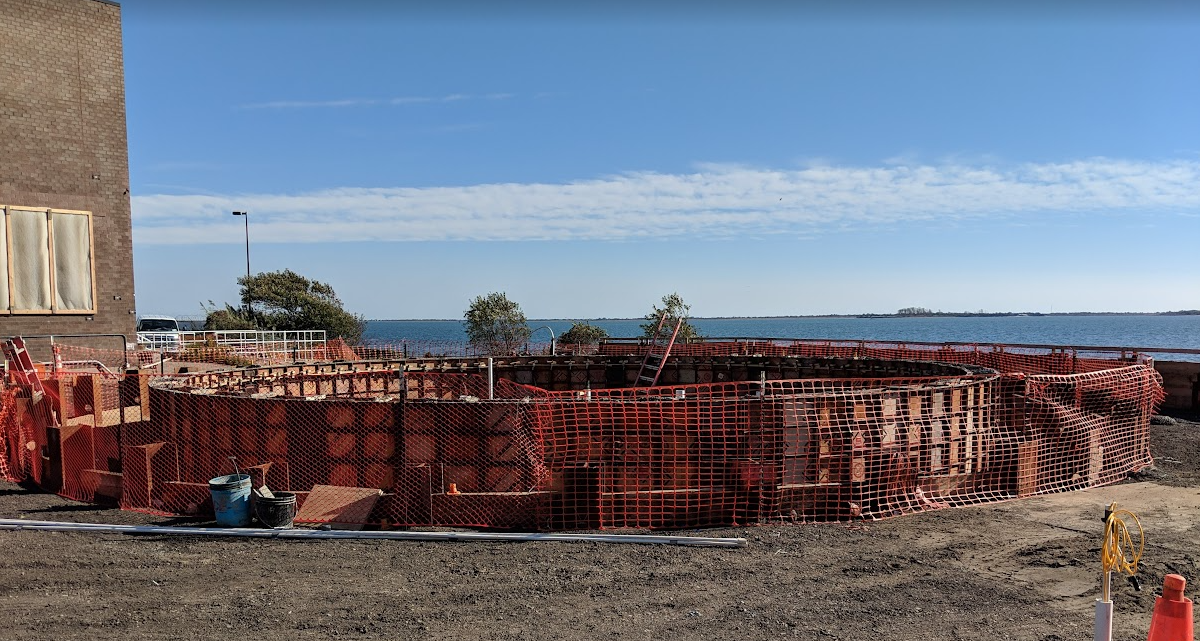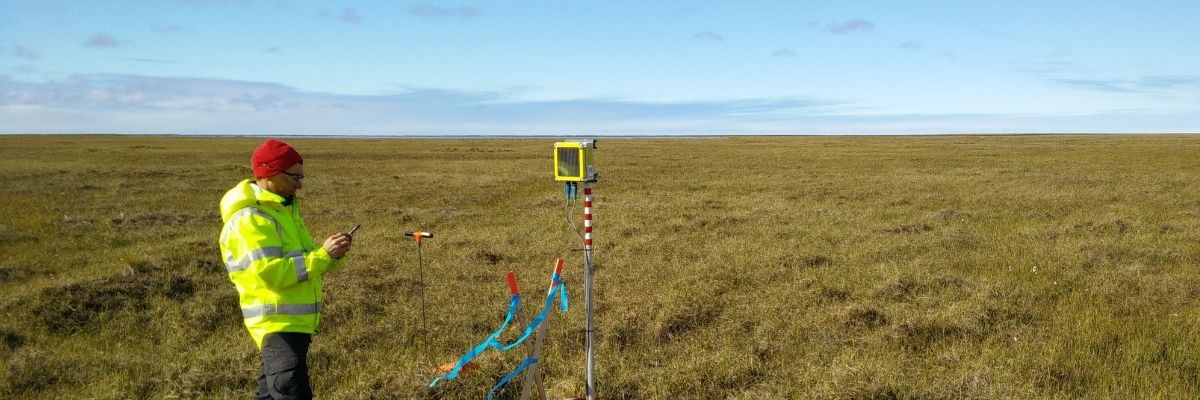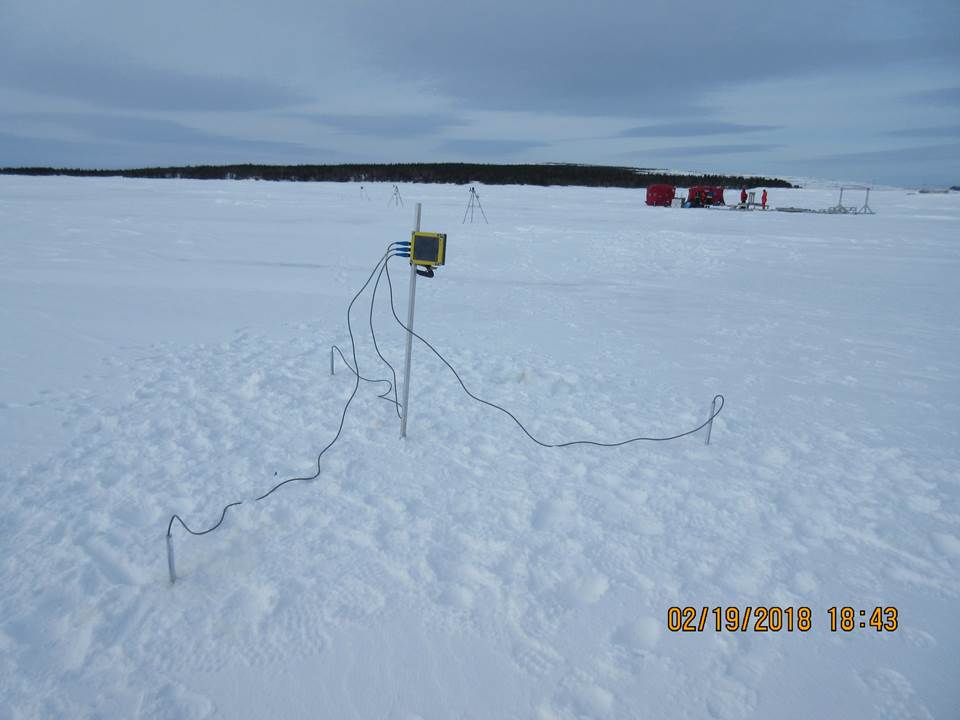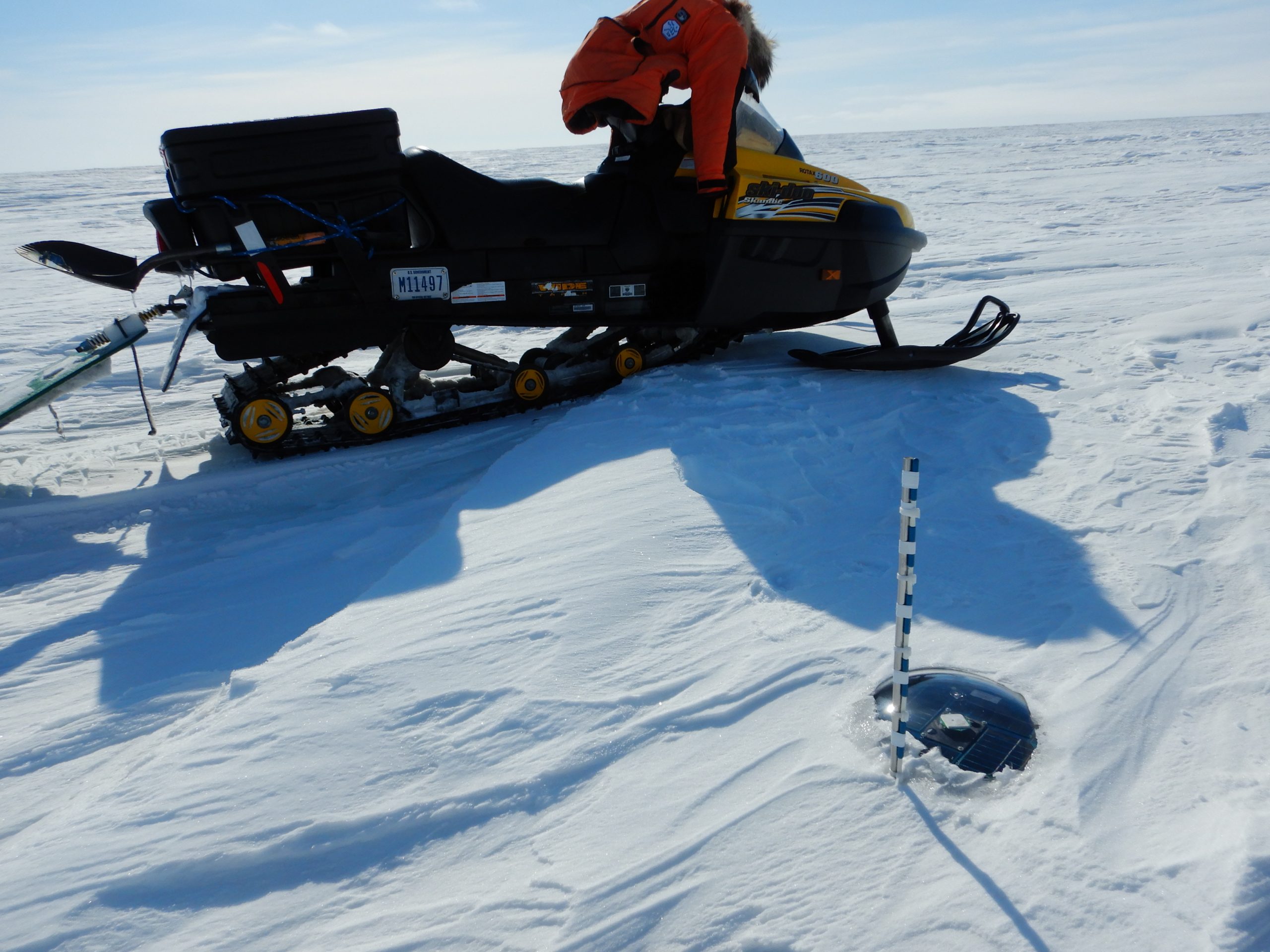Infrastructure
Oksrukuyik Creek Deep Foundation Verification Study


AK DOT
Alaska’s Dalton Highway is the northern portion of a major North/South transportation line that connects Alaskan communities over a nearly 800 mile distance. OK Creek is one small bridge along a great highway and a great example of northern engineering best practices.

linkedin/beadedstream
844.488.4880
www.beadedstream.com
contact@beadedstream.com
The replacement of the Oksrukuyik Creek Bridge, situated approximately 100 miles south of Deadhorse, Alaska, posed unique challenges due to the demands of the permafrost soil and thermal influences from the creek’s thaw bulb. The project required the implementation of a specialized ad-freeze pile design for the bridge abutments supporting the deck, necessitating a vigilant approach to address the impact of thermal fluctuations on the bridge’s foundation stability.
Click for an instant live demo of the beadedcloud data dashboard for FREE.
Free DemoApplication
Design, installation, and maintenance of infrastructure in extreme northern climates, especially those featuring permafrost soils, demand meticulous consideration. This includes the isolation of roadways from the native tundra using carefully designed embankments. Similarly, for bridges, foundation piles must be strategically placed deep enough to counteract the effects of heave caused by permafrost. The Oksrukuyik Creek Bridge project applied a specialized ad-freeze deep pile design to fortify the foundation and prevent potential thaw-induced settlement, safeguarding both the infrastructure and the surrounding environment for the 50 year design life.
beadedstream Solution
To ensure the stability of the foundation design, beadedstream was engaged to provide a customized temperature monitoring package tailored to the unique demands of the project. The solution included the deployment of 60-foot Digital Temperature Cables installed in PVC conduits along both bridge abutments. Each cable, comprising 15 sensors, was strategically placed vertically at the abutments, effectively measuring and verifying the thermal impacts on the permafrost surrounding the foundation.
The temperature data collected from the sensors were logged and transmitted remotely using the D405 Satellite Data Logger, ensuring the collection and relay of temperature data for a minimum of 5 years. This remote data collection methodology eliminated the need for physical site visits to this remote location, providing a continuous and comprehensive dataset crucial for monitoring and verification objectives.
beadedstream Solution Benefits
The application of remote data collection technology empowered engineers from the Alaska Department of Transportation and Public Facilities (AKDOT) to efficiently and proactively gather crucial temperature data without the need for physical presence at the remote site location. This approach ensured a continuous and consistent dataset, meeting monitoring and verification objectives and allowing engineers to swiftly respond to any adverse thermal variations, which were observed at the site. Additionally, this remote data collection method not only established best practices in northern engineering but also saved time and resources by eliminating the need for on-site visits. Furthermore, it enhanced the safety of staff by avoiding potential encounters with wildlife in these remote locations, thus ensuring a secure working environment.
This solution resulted in a comprehensive dataset that supported the efficacy and reliability of the bridge project in the harsh and remote northern environment. The provided dataset showcases temperature trends from March 2012 to September 2016, offering insights into the long-term thermal behavior surrounding the bridge abutments.

Featured Product
beadedcloud Data Dashboard
Remote temperature data delivered real time with accuracy. Save money and time by monitoring data and instrumentation without going into the field.
View ProductExplore Our Most
Recent Case Studies
Learn about our most recent projects and how beadedstream’s products were deployed.



